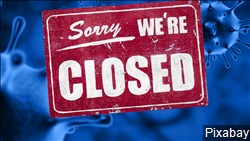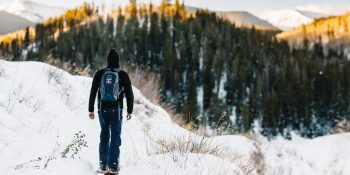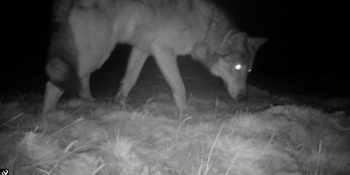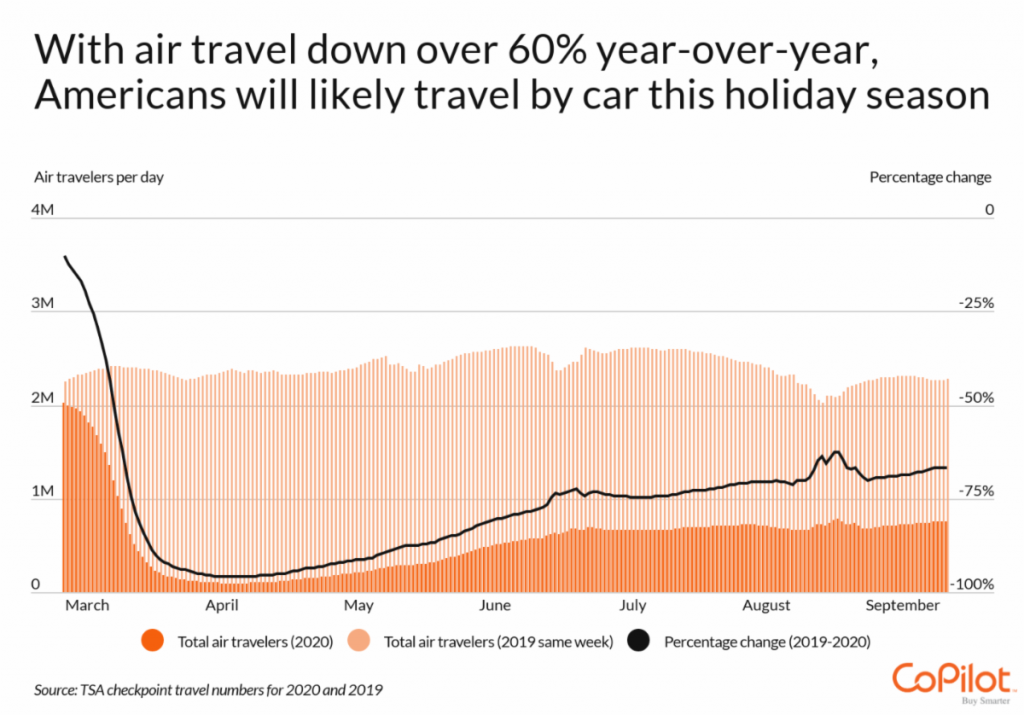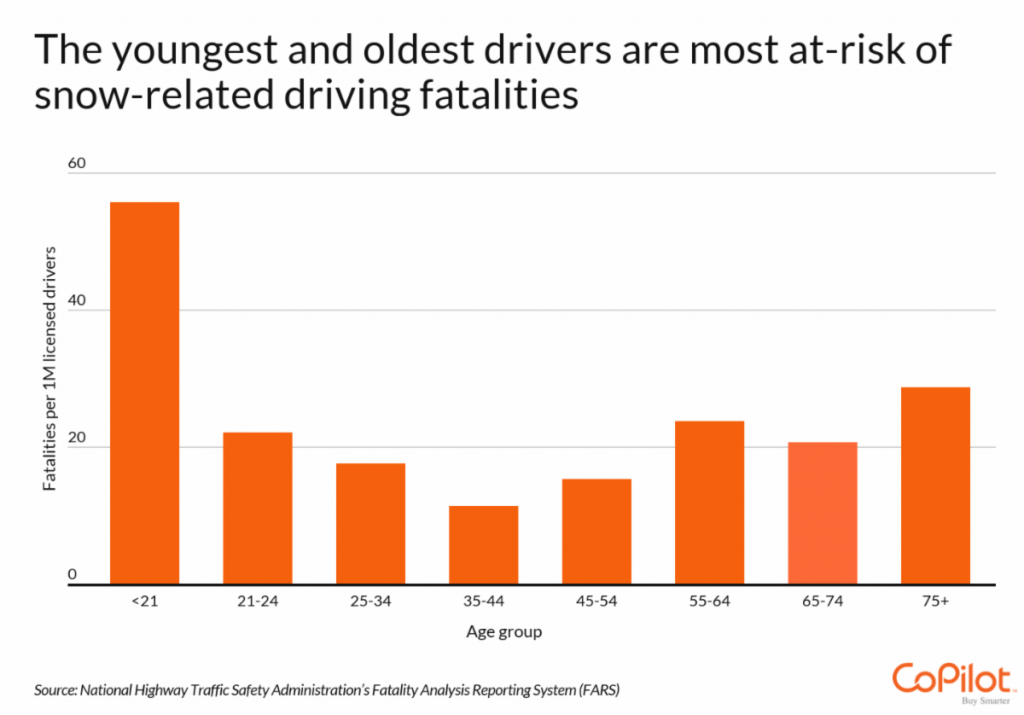Legislative Leaders & Governor Stepping Up to Provide COVID Relief
DENVER – Governor Jared Polis shared specifics of the scope of the Special Session of the 72nd General Assembly, scheduled to commence on Monday, November 30 at 10am.
“We are living in a moment of unprecedented urgency,” said Governor Polis.“We will act to support our small businesses who face challenging months ahead, provide relief to hardworking people, support child care, and improve broadband access for students and educators. I thank legislative leadership for their support and collaboration during this challenging time for our state.”
Earlier this week, the Governor and Legislative Leadership announced they would take up critical legislation that will help Colorado families and small businesses during the challenging winter months ahead.
“We have a responsibility to do everything we can to help our state recover from this pandemic, but if we don’t act now, more businesses will close and families may lose their homes,” said Speaker KC Becker, D-Boulder. “Colorado restaurants, families, and communities can’t wait any longer for additional federal aid. Our stimulus package will deliver relief for Colorado’s restaurants, help parents find safe child care options, and provide direct assistance for Coloradans who are struggling to pay their rent or mortgage.”
“The COVID-19 pandemic has taken an enormous toll on our community – draining our resources, isolating us from the people we love, and destroying our businesses that took years to create. But unfortunately, this relentless disease isn’t letting up any time soon. We need a stimulus package to carry us through the winter and alleviate the unimaginable burden weighing on so many Coloradans, ” said Senate President Leroy Garcia, D-Pueblo. “I am incredibly proud of the unity and urgency our state leadership has shown in calling this special session and I look forward to the work we will be able to do on behalf of Colorado.”
The Governor presented seven areas for the General Assembly to take action:
Small Business Relief: Small businesses, including bars and restaurants, gyms and fitness studios, and entertainment venues have struggled to stay open at lower capacities, making it difficult to pay their staff and rent. These small businesses will need direct support and tax relief to make it through the challenging fall and winter months. The call requests the General Assembly take action, including by providing relief from sales tax payments for bars and restaurants, and direct aid for various business types. Child
Care Support: The COVID-19 pandemic has burdened child care providers, which we know are crucial to building and sustaining a thriving economy by enabling families to work and preparing children for school. Based on a recent survey, at least 26% of child care facilities in Colorado may close permanently, without financial support, due to the pandemic.
Housing and Direct Rental Assistance: Because of the federal Paycheck Protection Program (PPP) loans for small businesses, enhanced unemployment benefits, and direct payments to Americans, we avoided a significant wave of housing evictions and foreclosures. Now, though, the expiration of these programs leaves vulnerable Coloradans at risk of eviction or foreclosure in the coming months.
“Colorado families, restaurants, bars and small businesses can’t wait any longer for help–they need relief to get through the challenging months ahead,” said Speaker-designate Alec Garnett, D-Denver. “We are going to pass targeted legislation that helps families avoid eviction and small businesses stay open to sustain our recovery and help Coloradans who have been hit hardest by the pandemic. I look forward to working with lawmakers in both parties to build back stronger and ensure every Coloradan has a fair shot to succeed as our economy recovers.”
“With the coronavirus surging to an all-time high and winter fast approaching, we need solutions that will help Coloradans survive these next few months. And this special session gives us the opportunity to do just that. From housing assistance to childcare support to small business relief, we are prioritizing direct financial aid for the folks who have been hit hardest by the pandemic,” said Senate Majority Leader Steve Fenberg, D-Boulder.
Increasing Broadband Access: While the majority of school districts are learning in person, the most recent increase in cases has forced many school districts, including many Denver metro area school districts, to switch to remote learning. Without broadband or wi-fi, these students will face significant learning loss that will have implications for their future academic careers and lifetime earnings.
Food Insecurity: Demand for food assistance via food pantries and food banks has increased as a result of the COVID-19 pandemic. The demand appears to be correlated with the unemployment and furloughs through the service sector, as well as school and camps closures, and is not anticipated to abate in the short-term. Meanwhile, food pantries’ food resources were often stretched prior to the Pandemic and economic fallout. As dollars available to hunger relief through the CARES Act and Families First Coronavirus Relief Act (FFRCA) end in December 2020, no new federal funding is currently available to replace these funds.
Utilities Assistance: Heading into the winter, many Coloradans are unemployed, underemployed, or unable to find new work all while having little to no savings and growing expenses due to the COVID-19 pandemic. This segment of the population now qualify as low-income, and are at risk of not being able to afford their utility bills over the coming months. Energy Outreach Colorado applications are up 25% compared to the same time last year, and funding allocated by the General Assembly during the prior legislative session will be distributed by December 4, 2020.
Public Health Response: As the pandemic has entered its third wave in Colorado, additional funds are needed immediately to continue the State’s robust public health response. The call includes a request for funds to ensure the State can continue to protect public health while we await additional federal stimulus and reimbursement from the Federal Emergency Management Agency.
Read Governor Polis Executive Order on the 2020 Special Session.
The Colorado Department of Public Health and Environment (CDPHE) provided guidance to the Colorado General Assembly to convene as safely as possible for the 2020 Special Session.
In addition, today the Governor also amended the disaster emergency declaration due to COVID-19 in Colorado to make additional funds available for response activities. The Governor also extended Executive Orders temporarily suspending certain regulatory statutes due to the presence of COVID-19, addressing marriage licenses, and extending a moratorium on evictions.
SPREAD THE NEWS
COMMENT, Like, Follow & SHARE @I70Scout



